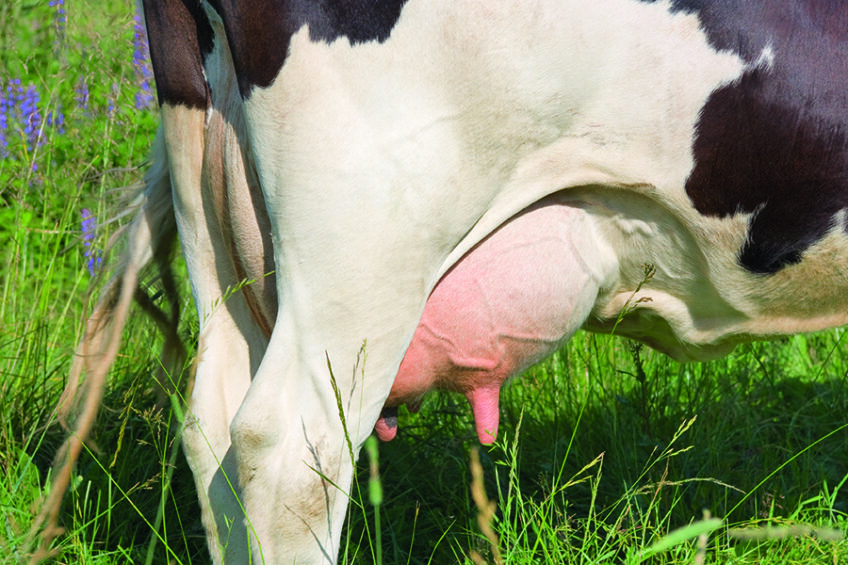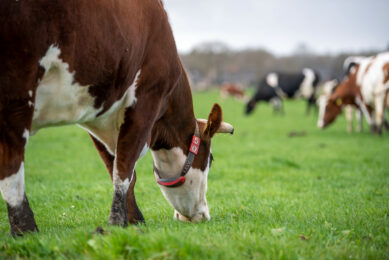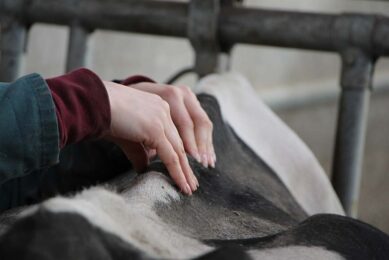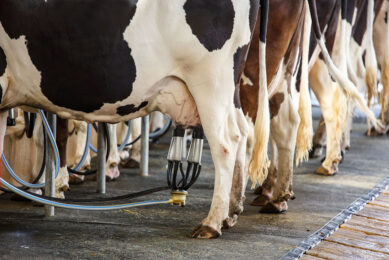Disappointed New Zealand dairy farmers ask why

Despite being about as far away from Europe as it’s possible to be, New Zealand dairy farmers have been watching both Eastern and Western Europe closely over the past year.
Trade issues with Russia stemming from the Ukrainian crisis and then the lifting of milk production quotas across the EU on April 1 have all been in the Kiwi industry’s sights along with stubbornly high US production levels. With more than 90% of NZ’s dairy production exported, any geopolitical or climatic influence that can tip the fine supply and demand balance of globally traded dairy features highly on our radar, especially this season with China cooling its heels when it comes to purchasing activity.
Upward revision of dairy production forecasts
Fonterra announced in late January that it expected its NZ production to be down by 3.3% on the previous record season due to summer drought in several regions coupled with a likely reluctance by farmers to buy in supplementary feed due to the low milk price. Plummeting commodity prices temporarily halted but the downward trend on the GlobalDairy Trade auction resumed due in some part to Fonterra increasing its volumes on the auction platform and an upward revision of its production forecasts to 2% below last season.
Around the same time it released its half year results and quickly got a disappointed “could do better” report from its shareholders’ council as well as a somewhat more terse “please explain” note from the national farming group Federated Farmers of NZ.
Fonterra farmers have long heard that when their base milk price is low the returns they get from the added value side of the business via profits/ dividend should be higher. So farmers and commentators could have been excused for expecting an increase in the dividend forecast was on the cards at the half year results announcement.
Shock as dividend forecast for dairy farmers falls
Many were hoping it would push their total payout for the 2014-15 season from the base farm gate milk price of NZ$4.70/kg milksolids (MS) comfortably over NZ$5/kg MS. But all were shocked to hear the dividend forecast didn’t go up or even remain the same – it was lowered by NZ5cents/kg MS to NZ20-30c. Fonterra cited losses made on inventory product, bought from farmers at a record high milk price last season, then sold in a falling market. But it also cited influences from much further afield with product previously destined for Russia and additional product coming from Europe now being sold aggressively in markets Fonterra operates in.
The dividend news has put extra pressure on the co-op in regions where farmers have processor alternatives especially as shares in the co-op are typically a condition of supply. They’re linked to the volume of milk supplied (1 share/kg MS) and prior to the interim results were trading in a range from NZ$5.80 – $6/share. Last week (April 10) they were trading at NZ$5.39/share.
Grim outlook for upcoming winter milk season
Out on the farm, NZ’s pasture-based milk supply is winding down and farmers are anxiously looking towards winter and spring when any carry over payments from this season will be minimal and cashflows will be tight. The NZ stock exchange (NZX) owned primary sector analyst and data provider AgriHQ is predicting further downside to this season’s milk price and a forecast of NZ$4.54/kg MS. With costs of production in NZ now frequently at or exceeding that level dairy industry bodies are holding “tight times” workshops and banks are working with their less robust clients to try and see them through to next season. As we come out of a long hot summer the winter down under is looking a lot grimmer than usual.
Join 13,000+ subscribers
Subscribe to our newsletter to stay updated about all the need-to-know content in the dairy sector, two times a week.










